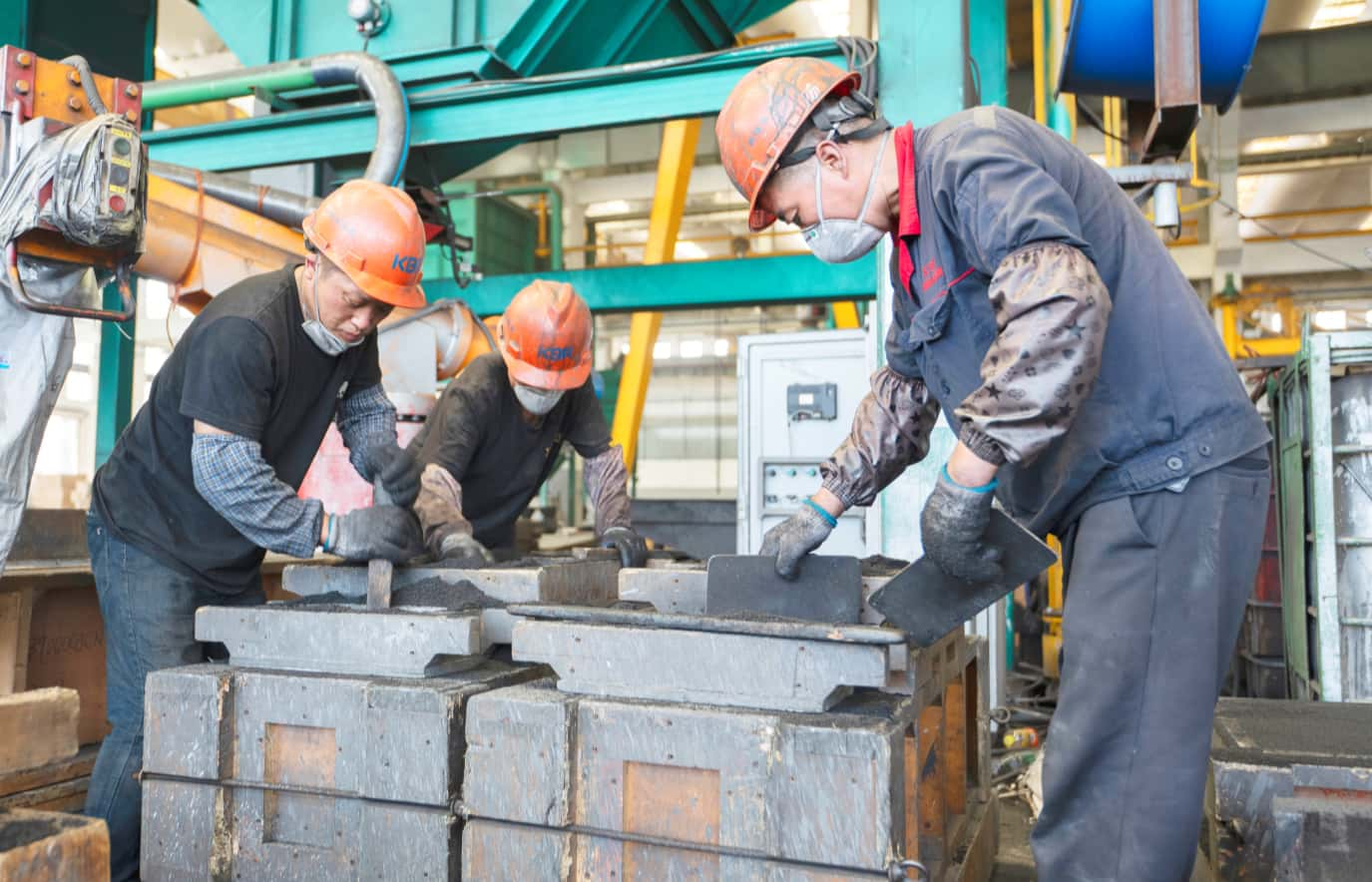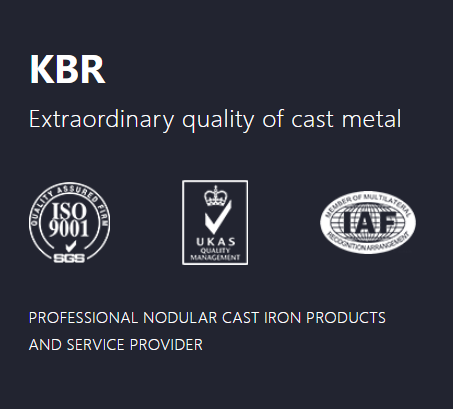- Coated sand process
- Advantages: high precision, high sand strength, smooth surface, suitable for complex structures; high production efficiency, can be mechanized production line, fast molding speed, suitable for mass production; low cost, relatively cheap raw material price, long mold life.
- Disadvantages: poor air permeability, easy to produce porosity defects at high temperature, need exhaust design; environmental protection is generally, the curing process may release a small amount of irritating gas.
- Use of molds: metal molds (such as aluminum molds, steel molds) for mass production with high precision requirements; wood molds for small batch or experimental production, low cost but easy to wear and tear.
- Suitable product weight: mainly small and medium-sized parts, the weight of a single piece is usually several kilograms to hundreds of kilograms, large pieces need special process adjustment.
- Application industry: automotive parts (such as cylinder body, cylinder head), agricultural machinery accessories, valves, pipe fittings and other fields with high requirements for precision and surface quality.

- Resin sand process
- Advantages: good dispersibility, convenient cleaning of castings, suitable for complex internal cavity structure; good air permeability, reduce porosity, underfilling and other defects; good environmental protection, some resins (such as ester hardened alkaline phenolic resin) are low toxic, low odor.
- Disadvantages: high cost, high price of resin and curing agent, rising cost of mass production; rapid loss of molds, chemical corrosion may shorten the life of metal molds.
- Use of molds: metal molds (mainly steel molds) are used for medium and large castings, which are heat-resistant and corrosion-resistant; plastic or epoxy resin molds are used for small batch or high precision customized parts.
- Suitable product weight: mainly medium and large pieces, the weight of a single piece can be from dozens of kilograms to several tons, suitable for large complex castings.
- Application industries: heavy machinery (such as machine tool base, gearbox), wind power equipment, ship parts, aerospace structural parts and other fields with high requirements for disintegration and dimensional stability.

When selecting the process, it is necessary to decide according to the product size, precision, cost and environmental protection requirements. For small and medium batch high precision parts, the film sand process is preferred; for large complex parts or products with high environmental protection requirements, the resin sand process is preferred.


